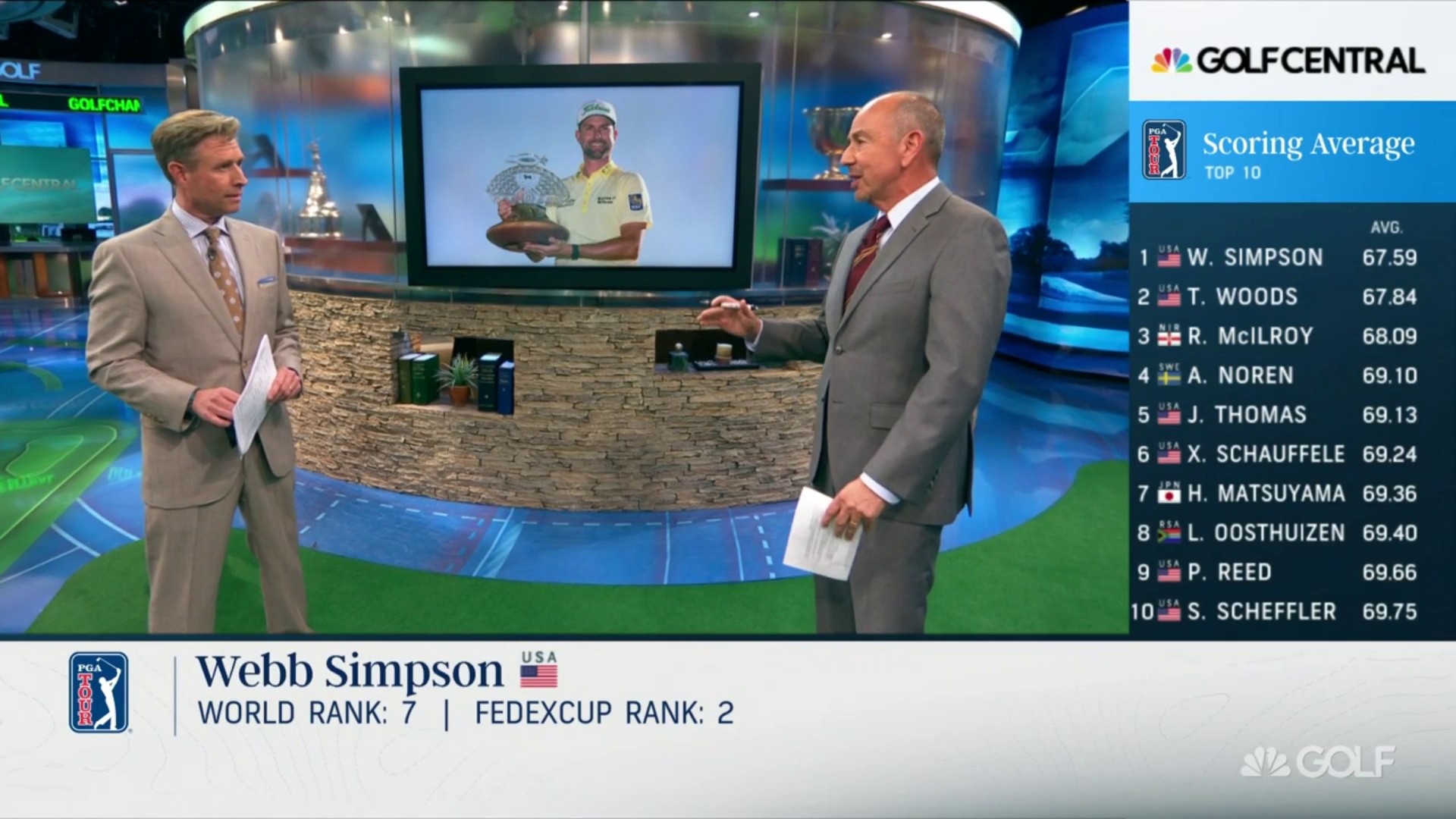


July 9, 1972, Sports Illustrated article sums of College golf up to 1972.

While the featured golfers were Tom Kite and Ben Crenshaw, the great supporting cast was the needed impetus to reach the top of college golf. Golf Coach Hannon after seven years and a couple of close misses at winning the National Championship, knew he finally had the right ingredients to win it all. May 9, 1970, the stars aligned, and Ben Crenshaw signed with Texas. Says Crenshaw, “He would give me one thought to take to the course and that was plenty.”
#TOM KITE PRO#
They would mostly chip and putt, and many lessons took place in the pro shop, waggling clubs while talking philosophically about the game. The young teaching pro handled Crenshaw much differently. Even as a tween, Kite put in marathon practice sessions, and his conversations with Penick were highly technical. He and Ben quickly became friends and rivals, with Penick ministering to both. On the 10th tee he unsheathed an adult-length driver, took a cartoonishly long swing… and then gouged the earth 18 inches behind his ball, whiffing entirely. Helluva way to meet Tom Kite for the first time. The Crenshaw boys were turned out in T-shirts and shorts and had raggedy sets of hand-me-downs, but this kid had a big, red leather bag and sparkling new Wilson clubs. He had thick glasses and was wearing slacks, of all things. You play it.Crenshaw’s interest in golf was stoked by the arrival of a mysterious kid who one day joined Ben and his brother at the turn at Austin CC. "Golf has never been work for me," he said. While he has earned nearly $10 million in a quarter-century on Tour, Kite views golf more as a recreation than an occupation. He has an excellent short game and for much of his career was one of the top putters, but he has struggled on the greens in recent years. He was a perennial contender at the Masters for a long stretch, with 10 top-10 finishes from 1975-86 and finishing second in 19.Īt a slender 5'8'', Kite isn't able to overpower courses, though he gets more distance off the tee than his frame might suggest. Open at Oak Hill, where he led through three rounds before finishing with a 78. His best chance before that came in the 1989 U.S. Open, where he shot an even-par 72 on Sunday at Pebble Beach when most contenders were being blown away by severe winds. He finally earned his first in the 1992 U.S. He slipped out of the top 10 money winners only three times in that 14-year stretch.įor much of his career, Kite's only shortcoming was his inability to win a major championship. With the exception of 1988, Kite would win at least one tournament in every year from 1981-93, including three in 1989 (when he won his second money title) and two in 1984, '92, and '93, running his career total to 19 victories. He had a phenomenal 21 top-10 finishes in 26 starts, led the money list, and won the first of two consecutive Vardon Trophies. Kite's breakthrough year came in 1981, even though he won only one tournament. While a steady money earner, it took Kite a while to become a winner, with just two victories through 1980. Kite joined the PGA Tour in 1973 and established a pattern by making 31 of 34 cuts.


 0 kommentar(er)
0 kommentar(er)
